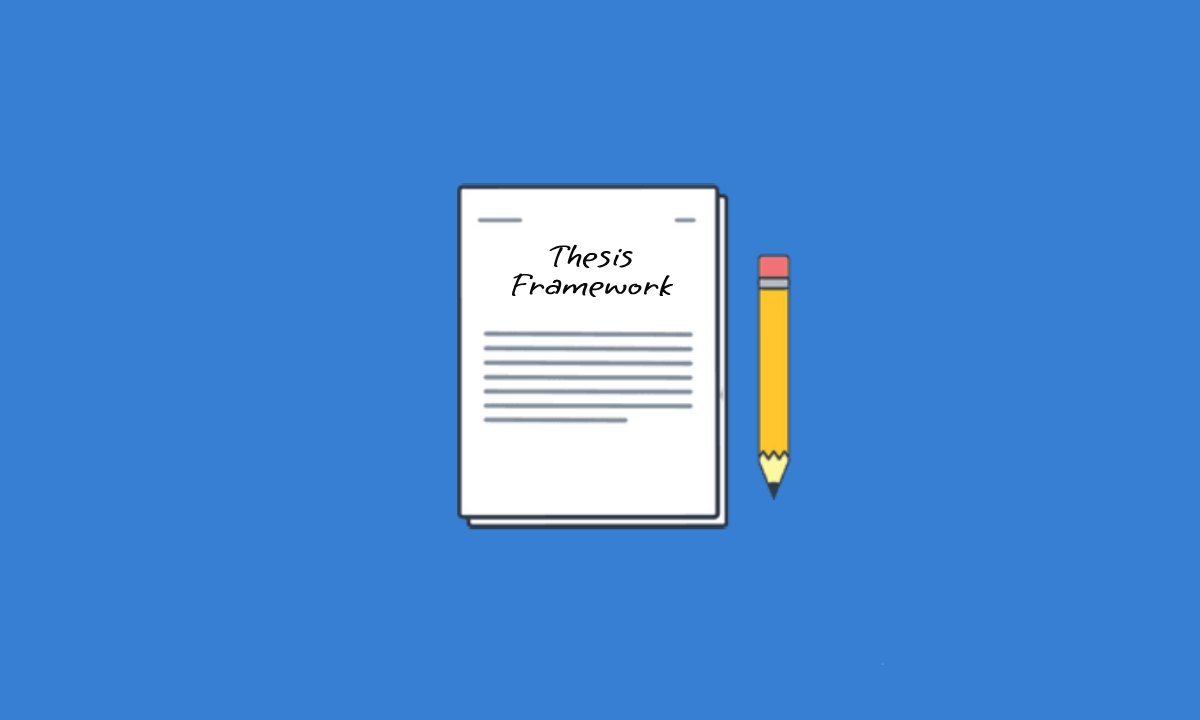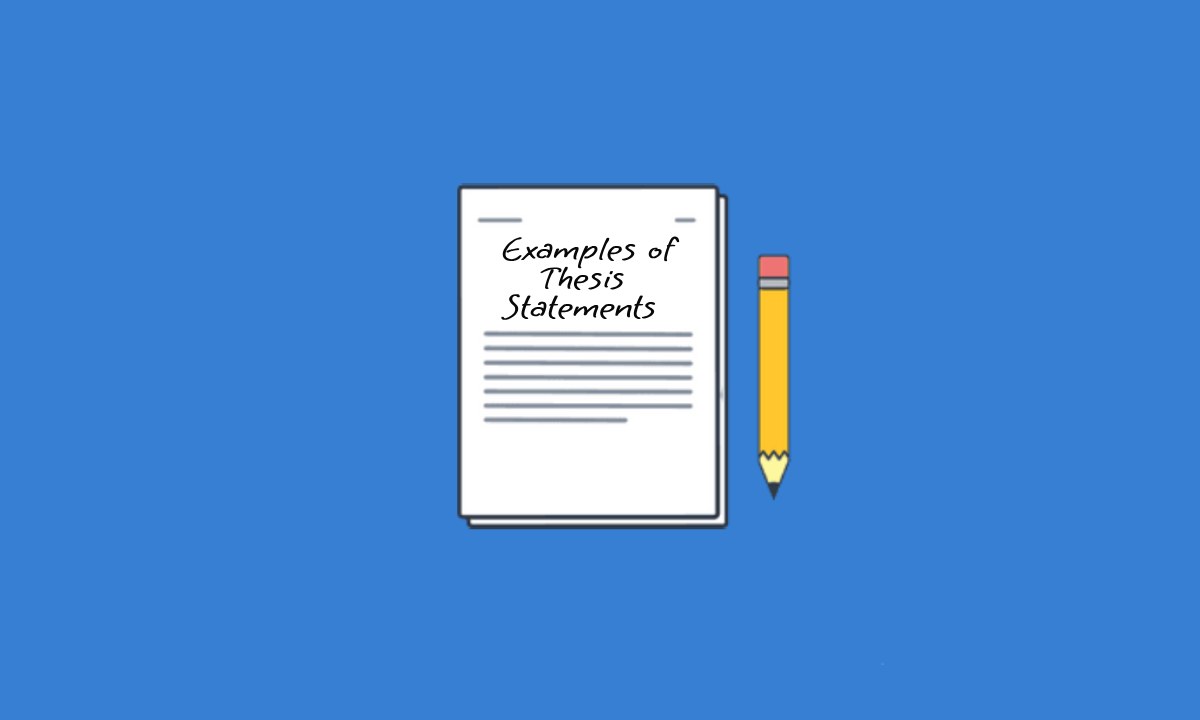What is Framework in Thesis ?
In the context of a thesis, a framework refers to a structured plan or set of concepts that guide the research process and help in organizing the content. There are different types of frameworks used in academic research, each serving a specific purpose.
Types of Thesis Framework:
Below are the four main types of frameworks used in thesis writing:
1. Theoretical Framework
A theoretical framework provides a foundation for the research by establishing existing theories and concepts that are relevant to the study. It helps to situate the research within a broader academic context. Its purpose is to guide the study by providing a basis for formulating hypotheses, interpreting data, and drawing conclusions. For example, if researching the impact of social media on youth behavior, the theoretical framework might include theories of social learning and media influence.
2. Conceptual Framework
A conceptual framework is a system of concepts, assumptions, expectations, beliefs, and theories that supports and informs the research. It is often illustrated with diagrams or models that show the relationships between different variables. Its purpose is to clarify concepts and propose relationships between them, guiding the collection and interpretation of data. For example, a study on customer satisfaction might use a conceptual framework that includes variables such as service quality, customer expectations, and perceived value.
3. Analytical Framework
An analytical framework outlines the methods and criteria used for analyzing the data collected in the research. It includes tools, techniques, and strategies for data analysis. Its purpose is to provide a structured approach to examining and interpreting data, ensuring consistency and rigor. For example, in qualitative research, an analytical framework might involve thematic analysis, coding, and categorization of interview data.
4. Methodological Framework
A methodological framework describes the overall research design and the methods used to collect and analyze data. It includes the choice of qualitative, quantitative, or mixed methods approaches. Its purpose is to outline the research methods and justify their suitability for the study, ensuring the research process is systematic and replicable. For example, a methodological framework for a survey study might include details on sampling, questionnaire design, data collection procedures, and statistical analysis techniques.
How to Make Thesis Framework ?
Creating a thesis framework involves several key steps, tailored to the specific type of framework you’re developing. Below are step-by-step guides for each type of thesis framework: theoretical, conceptual, analytical, and methodological.
1. Theoretical Framework
Step 1: Identify Key Theories
- Review Literature: Conduct a thorough literature review to identify existing theories relevant to your research topic.
- Select Theories: Choose the most pertinent theories that will guide your research.
Step 2: Define Concepts
- Key Concepts: Clearly define the key concepts and variables derived from the selected theories.
- Operational Definitions: Provide operational definitions to clarify how these concepts will be measured or identified in your research.
Step 3: Establish Relationships
- Propose Hypotheses: Formulate hypotheses based on the relationships between concepts suggested by the theories.
- Conceptual Links: Describe how these concepts are interrelated according to the theoretical framework.
Step 4: Integrate with Research
- Contextualize Study: Explain how the theoretical framework fits within the context of your research question.
- Guide Analysis: Indicate how the framework will guide the analysis and interpretation of your findings.
2. Conceptual Framework
Step 1: Identify Key Concepts
- Literature Review: Review existing literature to identify key concepts relevant to your research.
- Concept Selection: Choose the most significant concepts for your study.
Step 2: Define Concepts
- Concept Definitions: Clearly define each concept and provide explanations.
- Variable Identification: Identify the variables associated with these concepts.
Step 3: Propose Relationships
- Hypotheses Development: Develop hypotheses or propositions that describe the expected relationships between variables.
- Illustrate Relationships: Use diagrams or models to visually represent the relationships between concepts.
Step 4: Validate Framework
- Empirical Support: Provide evidence from literature or preliminary research to support the proposed relationships.
- Framework Justification: Justify the inclusion of each concept and the proposed relationships in the framework.
3. Analytical Framework
Step 1: Define Research Problem
- Research Question: Clearly state your research question or problem.
- Analysis Objectives: Define the objectives of your analysis.
Step 2: Select Analytical Tools
- Methods Selection: Choose appropriate analytical methods and tools (e.g., statistical tests, qualitative coding) based on your research design.
- Criteria for Analysis: Establish criteria for analyzing data (e.g., themes for qualitative analysis, variables for quantitative analysis).
Step 3: Develop Analysis Plan
- Data Collection: Describe how data will be collected and prepared for analysis.
- Data Analysis: Outline the steps for analyzing data, including specific techniques and software to be used.
Step 4: Ensure Rigor
- Validity and Reliability: Address issues of validity and reliability in your analytical approach.
- Transparency: Ensure that your analysis plan is transparent and replicable by providing detailed descriptions of procedures.
4. Methodological Framework
Step 1: Choose Research Design
- Research Approach: Decide whether your study will use a qualitative, quantitative, or mixed methods approach.
- Research Strategy: Select a specific research strategy (e.g., case study, survey, experiment).
Step 2: Define Methodology
- Sampling: Describe your sampling strategy, including the population, sample size, and sampling technique.
- Data Collection: Outline the methods for data collection (e.g., interviews, surveys, observations).
Step 3: Describe Data Analysis
- Analysis Techniques: Specify the techniques and tools for data analysis.
- Procedures: Provide detailed steps for how data will be analyzed.
Step 4: Address Ethical Considerations
- Ethical Approval: Ensure your study has received ethical approval if necessary.
- Confidentiality: Describe how you will maintain confidentiality and protect participant data.
Step 5: Justify Methodology
- Rationale: Provide a rationale for your chosen methods, explaining why they are suitable for your research question.
- Limitations: Acknowledge any limitations of your methodological approach.
Final Steps for All Frameworks
Step 1: Integrate Framework into Thesis
- Introduction: Introduce the framework in the introductory chapters of your thesis.
- Chapters: Integrate the framework into relevant chapters, such as literature review, methodology, and analysis.
Step 2: Review and Refine
- Feedback: Seek feedback from advisors or peers and refine the framework as necessary.
- Consistency: Ensure the framework is consistently applied throughout your thesis.
Step 3: Visual Representation
- Diagrams: Use diagrams, charts, or models to visually represent your framework.
- Clarity: Make sure the visual representation is clear and easy to understand.
By following these steps, you can create a comprehensive and coherent framework for your thesis, tailored to the specific needs of your research.



